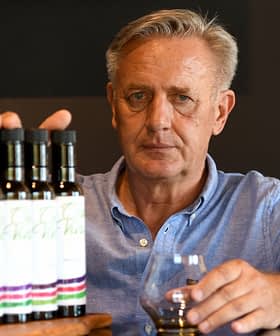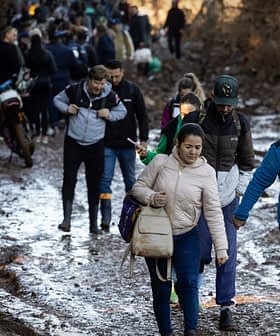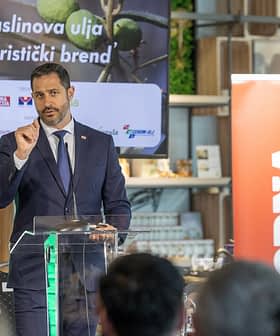“It is very difficult to look at the large areas that have perished in the fire, and in which a lot of effort has been invested,” said Croatian Agriculture Minister Marija Vučković as she visited burned areas in the hinterland between the Dalmatian cities of Šibenik and Vodice.
Accompanied by local officials, the minister first visited the family farm of Ivan Cvitana, where 400 olive trees burned in a wildfire.
“Damage will be compensated,” she said. “For example, someone who has 300 olive trees burned will receive the same number of new seedlings. From the rural development program, he can get funds for raising new plantations as well as compensation for lost income.”
See Also:2022 Wildfire Season Expected to Be Europe’s WorstThe fire ravaged more than 330 hectares, including 137 farms and 413 parcels registered in Arkod – the land parcel registration system in Croatia.
According to the first estimates, about 95 hectares of agricultural land were burned, primarily olive groves, vineyards and fig and almond plantations. There were also reports of damage to several bee colonies.
The damages are still being added up, and when they are final, the procedure for declaring a natural disaster begins, which usually lasts about two months. A natural disaster is declared by the local community, in this case the Šibenik-Knin County. “Once that is done, everything will go on,” Vučković said.
Funds from the rural development program, which are allocated after natural disasters, will be available to farmers affected by the fire who apply for the tender.
Advisors to the ministry visited the affected agricultural holdings immediately after the fire and will continue to be present in the field and at the farmers’ disposal throughout the process.
Although these procedures have been simplified in recent years, each farmer can get his own adviser to fill out the necessary documentation, Vučković said.
She also confirmed that the government, in cooperation with the Šibenik-Knin County, will consider the possibility of additional assistance to farmers in compensating part of the lost income, in order to restore agricultural production as soon as possible.
According to data from the European Forest Fire Information System (EFFIS), 135 wildfires have burned 30,889 hectares in Croatia since the start of the year.
Many of the fires are burning in Istria and Dalmatia, the country’s two most prominent olive-growing regions.
Between 2008 and 2021, wildfires burned an average of 13,600 hectares each year in Croatia. The peak wildfire season begins in late July and early August.









